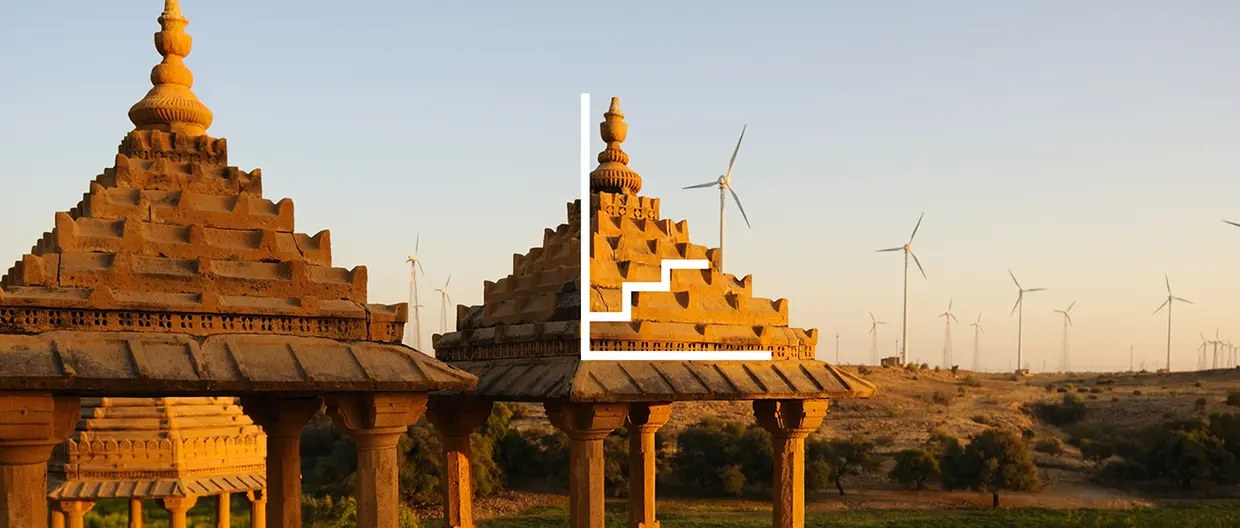Summary
Discover how to measure the biodiversity footprints of investments, and delve into India's energy transition landscape, challenges, and opportunities.
Key Points
-
India is currently experiencing an era of unparalleled growth, marked by significant shifts in various domains. As the most populous nation on Earth, the energy transition stands out as particularly noteworthy, due to its extensive scale and profound impact on India’s economy and environment.
-
As of today, India is the third largest CO2 emitter in the world, with an economy still heavily reliant on fossil fuels, especially coal, and a rapidly growing energy demand. Despite this, the Asian giant has committed to reach Net Zero emissions by 2070 and implemented plans to scale up renewable energy capacity and to direct investments towards the green sectors.
-
To foster global investors’ support of the transition, the Securities and Exchange Board of India (SEBI) has updated the regulatory regime on ESG investing, imposing higher disclosure standards and more transparency on India’s largest companies. Moreover, the newly implemented green bond framework lays the foundation for a robust Indian green bond market, which stands today as the second largest among emerging markets.
-
A key aspect of India’s transition to a sustainable economy is also the necessity to follow a just transition path. This means enabling the inclusion and participation of all social classes in the transition process through reskilling initiatives, women empowerment and social and workplace protection.
-
Finally, we explore the challenges that India encounters on its paths towards Net Zero. Despite the country’s efforts in investing dually in the production and deployment of green technologies, coal is still a key component of its energy mix and won’t be phased out easily, especially considering the swift pace at which people are emerging out of poverty and the resulting rise in energy demand.
-
To overcome these challenges, global asset owners should increasingly work alongside public actors – such as governmental agencies and development finance institutions – to scale the funding of Indian sustainable energy infrastructure, notably by providing access to cheaper sources of capital and thereby help India reach its ambitious environmental and social sustainability goals.
Learn More

